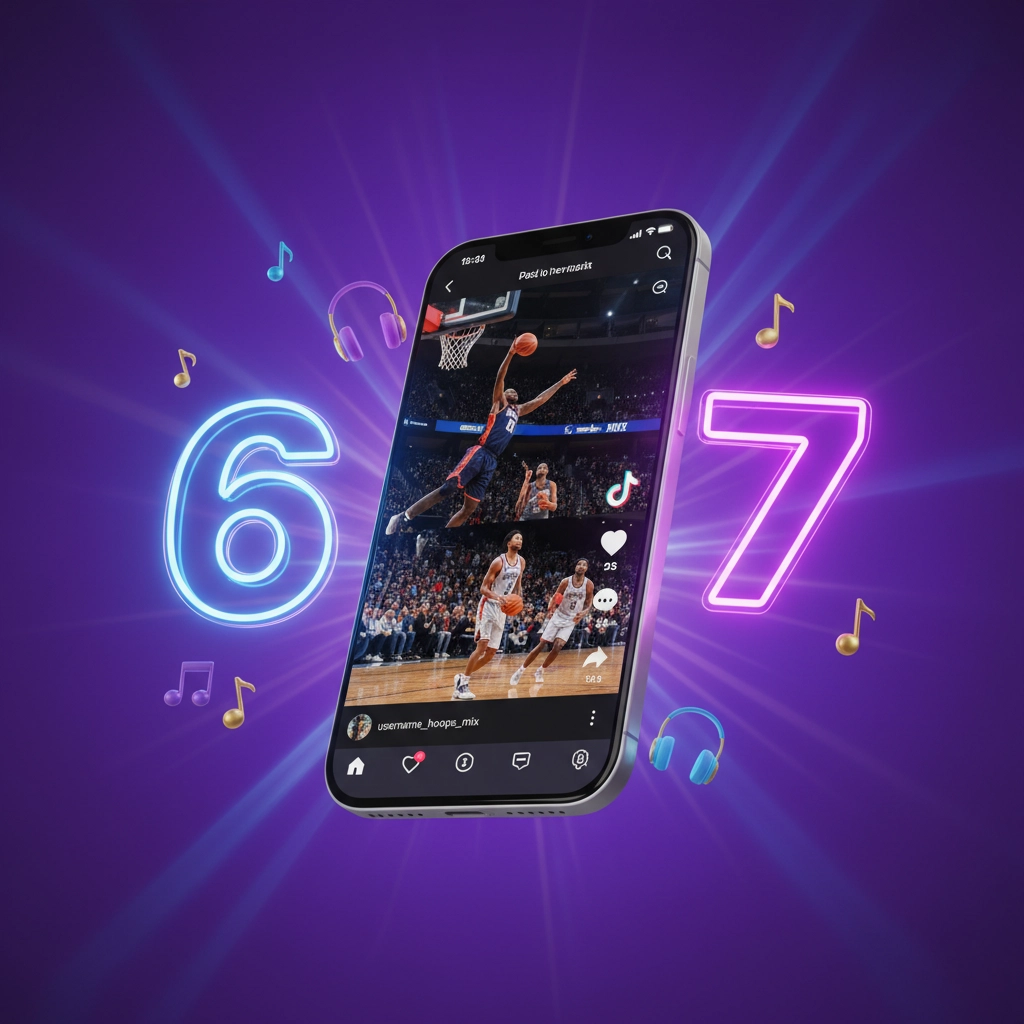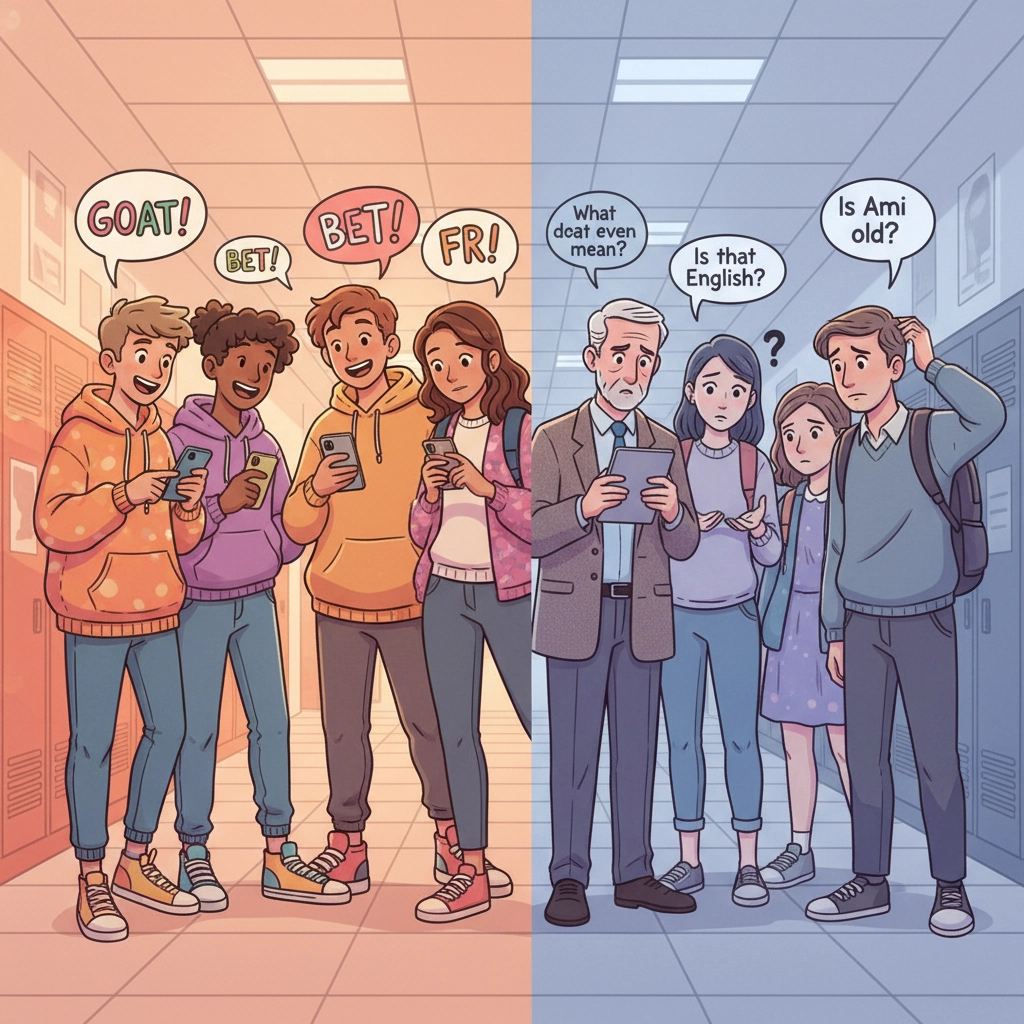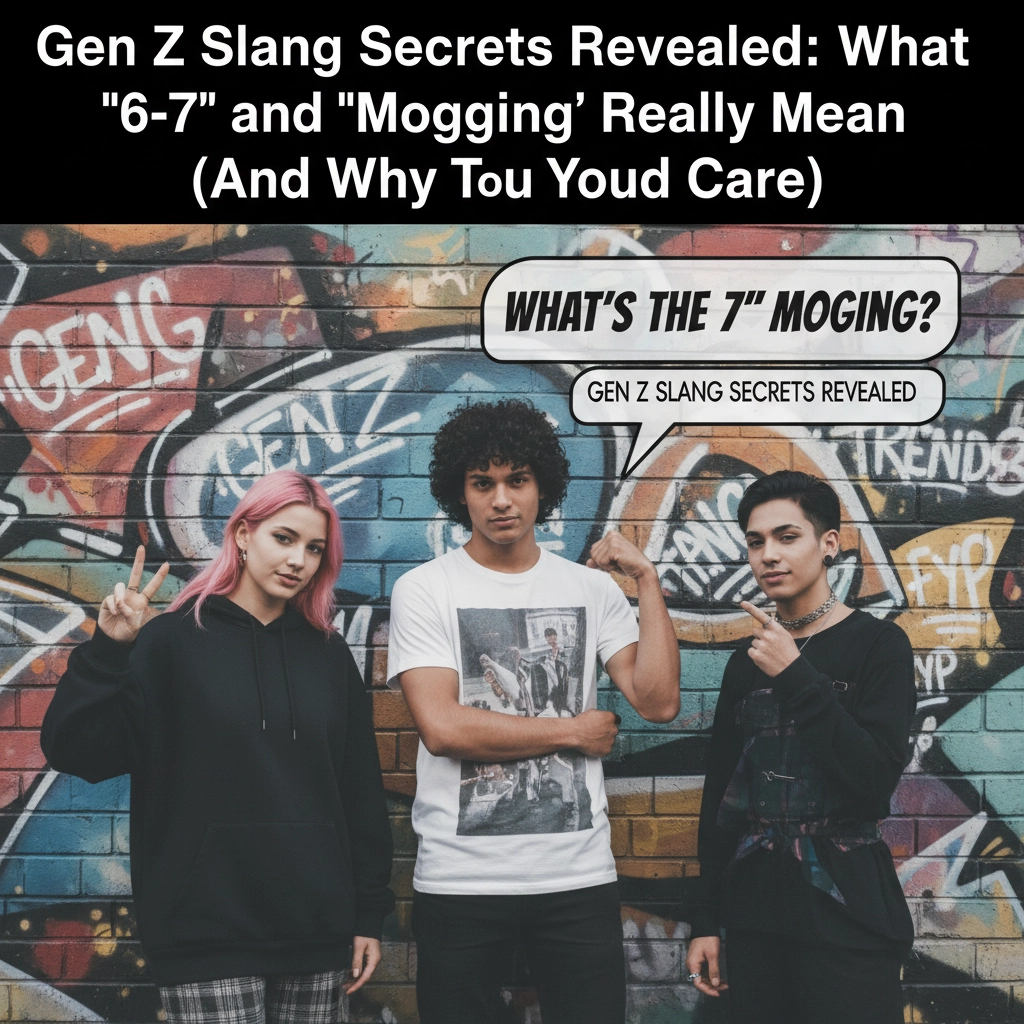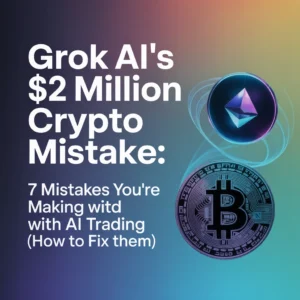Ever walked into a room full of teenagers and felt like they're speaking in code? You're not alone. If you've heard kids randomly saying "6-7" and wondered if you missed some math lesson, welcome to the wild world of Gen Z slang that's taking over schools, sports, and social media faster than you can say TikTok.
Let's crack the code on these mysterious phrases that have parents scratching their heads and teachers trying to keep up.
The Birth of "6-7": From Drill Rap to Viral Phenomenon
Here's where it gets interesting. The "6-7" craze didn't start in some boardroom or marketing campaign. It exploded from hip hop artist Skrilla's drill rap song "Doot Doot (6 7)," which dropped in December 2024. The track features the catchy line "6-7, I just bipped right on the highway" right as the beat drops.
But here's the twist that nobody saw coming. The phrase gained rocket fuel when it connected with NBA player LaMelo Ball, who happens to be exactly 6 feet 7 inches tall. Video editors started pairing Skrilla's song with basketball highlights, and suddenly "6-7" became synonymous with athletic excellence.

The real viral moment happened when Taylen "TK" Kinney from Overtime Elite casually rated a Starbucks drink by saying "six, seven." That clip exploded across social platforms, earning him the nickname "Mr. 6-7" and eventually leading to his own "6-7" branded water line. Talk about turning a random phrase into a business opportunity.
Even NBA legend Shaquille O'Neal jumped on the trend, participating in videos despite admitting he had no clue what it meant. When celebrities are confused but still participating, you know something's gone truly viral.
What Does "6-7" Actually Mean? (Plot Twist: It Doesn't)
Ready for the mind-bender? "6-7" doesn't have a fixed definition. It's like trying to nail jelly to a wall – the meaning slides around depending on who's using it and when.
Sometimes kids use it to describe something as "so-so" or just okay. You might hear "that movie was kind of six seven" or see someone joke about getting a 67% on an exam. But just as often, it's pure nonsense used for bonding and humor.
Here's how it typically works in conversations:
• One person says "six"
• Another responds with "seven"
• Everyone laughs while adults look confused
• The cycle continues
It's essentially become a verbal inside joke that creates instant connection among young people while simultaneously excluding anyone over 25. Brilliant social strategy, really.
I witnessed this firsthand at my nephew's basketball game last month. Every time someone made a decent play, kids in the stands would shout "six seven!" The parents kept looking around like they missed some crucial announcement about new scoring rules. Meanwhile, the kids were bonding over their shared linguistic rebellion.

Why This Matters More Than You Think
Before you dismiss this as meaningless kid stuff, consider what's really happening here. The "6-7" phenomenon represents a massive shift in how language spreads and evolves in the digital age.
This isn't just internet slang anymore. The phrase has appeared in NBA highlights, WNBA press conferences, and NFL touchdown celebrations. It's jumped from screens into real-world sports, schools, and everyday conversations. That transition from digital to physical spaces? That's cultural power.
The term has become part of what experts call "brain rot" – digital media that's considered low quality but incredibly engaging. While that sounds negative, it actually reveals something important about how Gen Alpha and Gen Z are reshaping communication. They're creating their own linguistic rules that prioritize connection and humor over traditional meaning.
For parents and educators, understanding these trends isn't about becoming cool (trust me, trying will backfire). It's about recognizing how quickly youth culture evolves and how language serves as both identity marker and social glue.
The Missing Piece: What About "Mogging"?
Here's where things get tricky. While "6-7" has exploded everywhere with clear origins and traceable spread, information about "mogging" isn't readily available in mainstream discussions of current Gen Z slang trends.
This highlights a crucial point about youth language: it's fragmented and constantly shifting. What's viral in one community might be completely unknown in another. Unlike "6-7," which crossed multiple platforms and demographics, some slang terms stay within specific online communities or geographic regions.

The related phenomenon worth knowing is "41" (pronounced "forty-one"), which comes from rapper Blizzi Boi's song "41 Song (Saks Freestyle)." Like its numerical cousin, "41" gets repeated throughout the track and has spawned its own meme culture with similarly flexible meanings.
There's even a stereotype that's emerged called "Mason 67" – describing someone (usually a white teenager) who overuses this type of slang. The fact that the community is already creating meta-commentary about its own language trends shows how self-aware this generation is about their communication patterns.
The Real Question
Understanding Gen Z slang isn't about memorizing definitions or trying to use the terms yourself. It's about recognizing that language is alive, evolving, and serving purposes beyond just communication.
These seemingly random phrases create community, establish identity, and provide ways for young people to navigate an increasingly complex world. They're not trying to exclude adults – they're trying to find their own voice in a culture that often doesn't make space for them.
So the next time you hear "6-7" echoing through school hallways or see it pop up in your teenager's texts, remember: you're witnessing language evolution in real time.
What other generational language gaps have you noticed lately that might be worth decoding?







